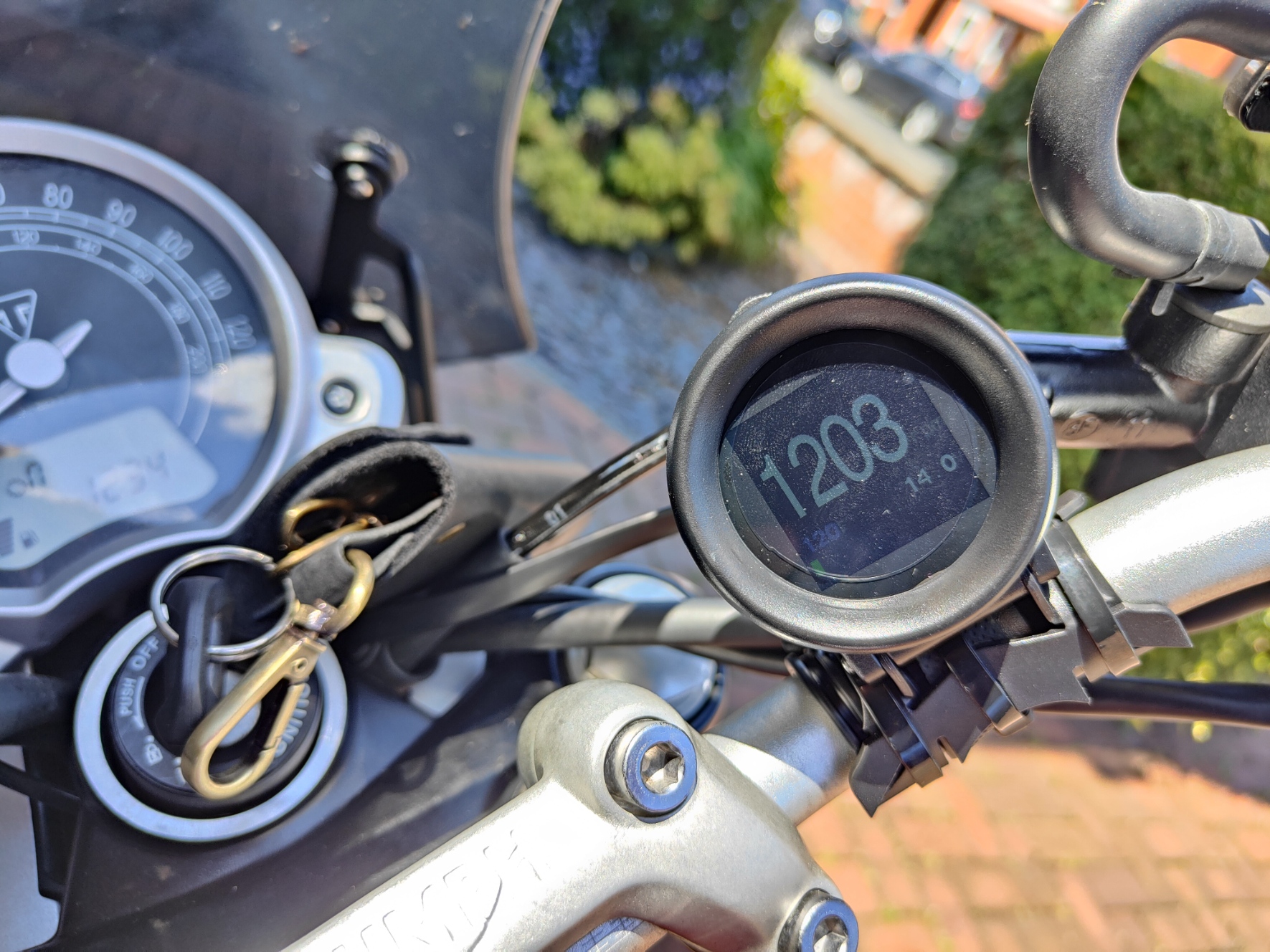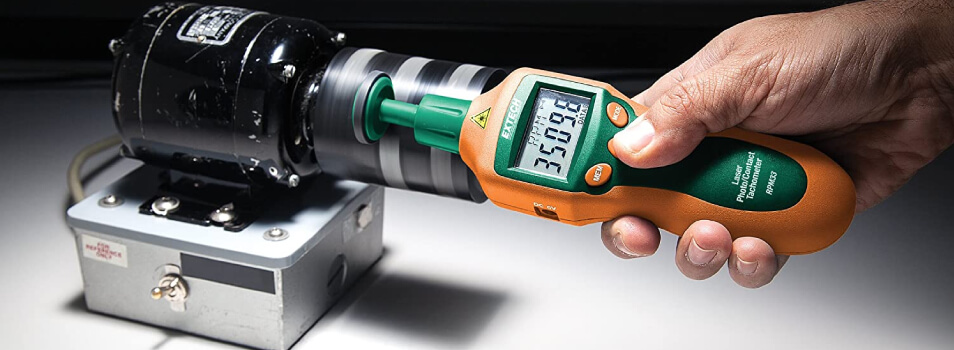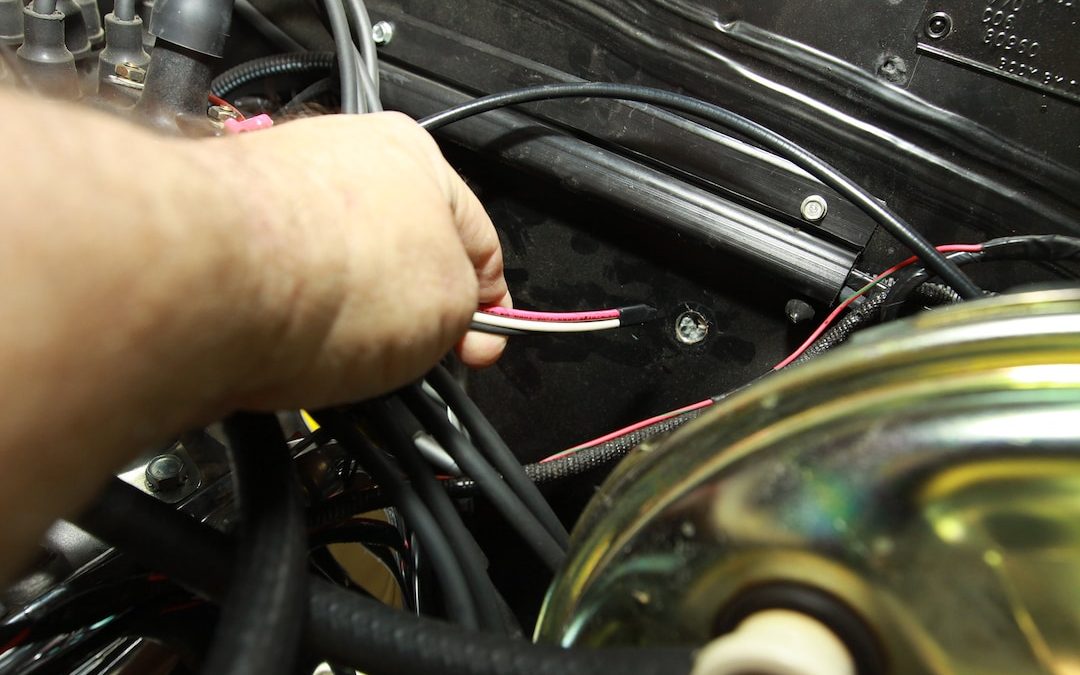In the world of marine technology, knowing how to wire a marine tachometer is crucial for maintaining your boat’s engine performance. Whether you’re a seasoned boat owner or a novice, understanding the wiring process can save you time and money. In this guide, we’ll walk you through the steps to get your marine tachometer wired correctly.

What is a Marine Tachometer?
A marine tachometer is an instrument that measures the rotation speed of the boat’s engine in revolutions per minute (RPM). This device helps you monitor engine performance and ensure it’s operating within safe limits.
Why is it Important?
Monitoring your engine’s RPM is vital for several reasons. First, it helps prevent engine over-revving, which can cause significant damage. Secondly, it ensures that you are operating in the engine’s optimal performance range, leading to better fuel efficiency.
Tools You’ll Need
- Wire Stripper
- Electrical Tape
- Marine Grade Wires
- Heat Shrink Tubing
- Multimeter
Step-by-Step Guide to Wiring a Marine Tachometer
Step 1: Read the Tachometer Manual
Before you start, it’s essential to read the manual that comes with your marine tachometer. This will give you specific instructions and wiring diagrams tailored to your device.
Step 2: Locate the Tachometer Signal Wire
The tachometer signal wire is usually found near the boat’s engine. You may need to consult your boat’s manual to find its exact location.
Step 3: Prepare the Wires
Strip the ends of the wires using a wire stripper. Make sure to use marine-grade wires as they are more resistant to corrosion.
Step 4: Connect the Wires
Connect the signal wire to the tachometer. Secure it using heat shrink tubing and electrical tape to ensure a solid connection.
Step 5: Test the Connection
Use a multimeter to check the connection. If the reading is consistent with the tachometer’s specifications, you’re good to go.
Troubleshooting Common Issues
The Tachometer Isn’t Working
If your tachometer isn’t working, check the connections. Ensure that the wires are not loose or corroded.
Inaccurate Readings
Inaccurate readings can be due to a faulty connection or an issue with the tachometer itself. Double-check the wiring and consult the manual for troubleshooting tips.
Maintenance Tips
Regularly check the connections and clean any corrosion that may occur. This will ensure that your tachometer remains in good working condition.
Internal Links
External Link
FAQ
What is the purpose of a marine tachometer?
The purpose of a marine tachometer is to measure the engine’s RPM, helping you monitor its performance and prevent damage.
Can I wire a tachometer myself?
Yes, with the right tools and following this guide, you can wire a tachometer yourself.
What should I do if my tachometer gives inaccurate readings?
Check the connections and refer to the troubleshooting section in your tachometer’s manual.

Conclusion
Wiring a marine tachometer is a straightforward process if you follow the steps outlined in this guide. Regular maintenance and accurate wiring will ensure your tachometer functions correctly, allowing you to monitor your engine’s performance effectively. For more information, consider reading additional resources available at [ScienceDirect](https://www.sciencedirect.com/topics/engineering/tachometer).
